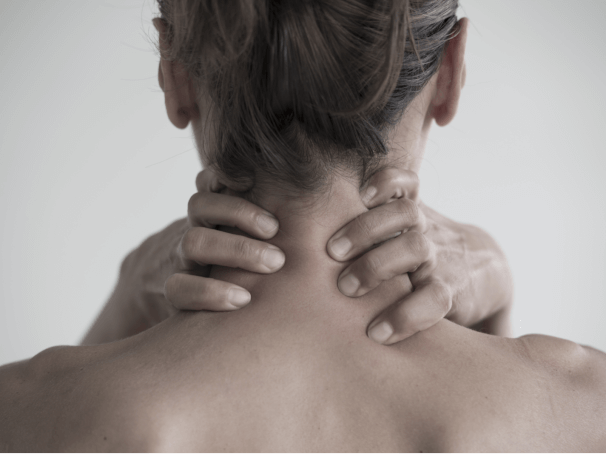
The hormones released by anxiety affect every organ in the body, and your largest and most sensitive organ isn't your heart or your lungs or your kidneys - it's your skin.
So it should come as little surprise that your skin can easily be affected by anxiety, and in some cases these may cause skin color changes. Don't worry, you won't be turning green any time soon, but in this article we'll explore some of the basic skin discolorations from anxiety, what they mean, and what to do about it.
Examples of Skin Color Problems
Massive skin discolorations are rare, if they happen at all. There are some reports that stress and anxiety can cause liver dysfunction, which may lead to jaundice (a yellowing of the skin), but most skin problems are going to be fairly minor and not necessarily mean that there is any type of underlying skin problem.
The types of skin color changes most commonly related to anxiety are as follows:
- Lighter Skin Anxiety has the potential to make your skin much lighter. It's not uncommon for those with anxiety to be described as "pale" during an anxiety attack because they appear much lighter than their skin does normally. This occurs because blood rushes away from the skin towards the heart, which causes the body to lose some of its natural pigmentation. Lighter skin may occur throughout the body.
- Redder Skin On the opposite end, anxiety can also cause skin to be redder/pinker - especially around the face and head. This is caused by capillaries in the face dilating, which allow in more blood and can make the skin of the face noticeably red.
- Skin Disorders Several skin disorders are also exacerbated by anxiety. For example, if you suffer from rosacea, you are more likely to have an outbreak when you are under stress, which results in skin discolorations. Nearly all known disorders that cause skin discolorations seem to be either triggered by stress or worsened by stress.
Anxiety doesn't appear to cause any dramatic changes to your skin color. You're not going to turn blue or purple. But some degree of skin color change is normal with anxiety and stress, especially under extreme anxiety like during a panic attack.
Treating Stress First Can Improve Skin Color and Reduce Anxiety
Your skin is extremely sensitive to stress. Many people also find that when their skin is noticeably different, they feel more self-conscious and embarrassed, which unfortunately creates more anxiety.
The good news is that sensitivity can go the opposite way as well. When you start treating your anxiety, your skin will quickly go back to normal - sometimes before your anxiety has been defeated.










